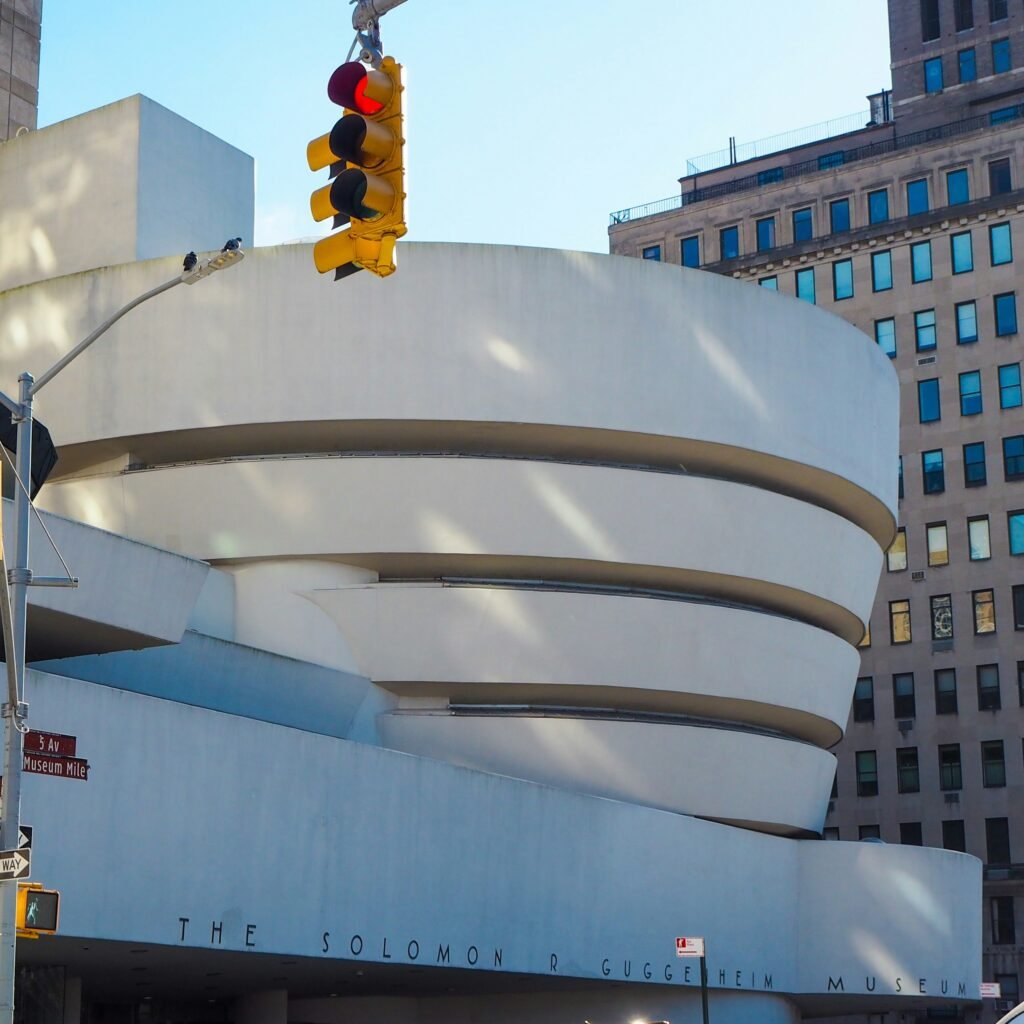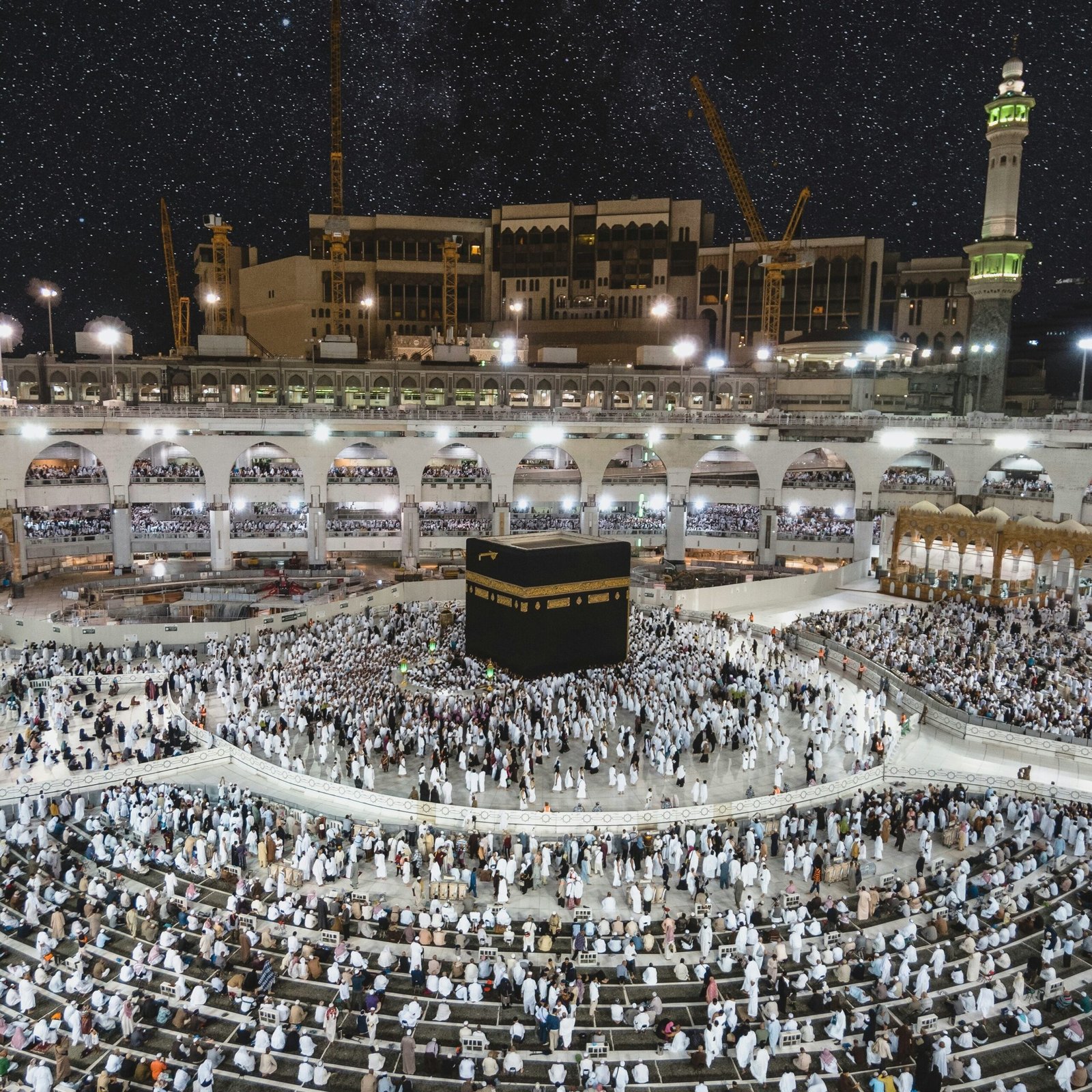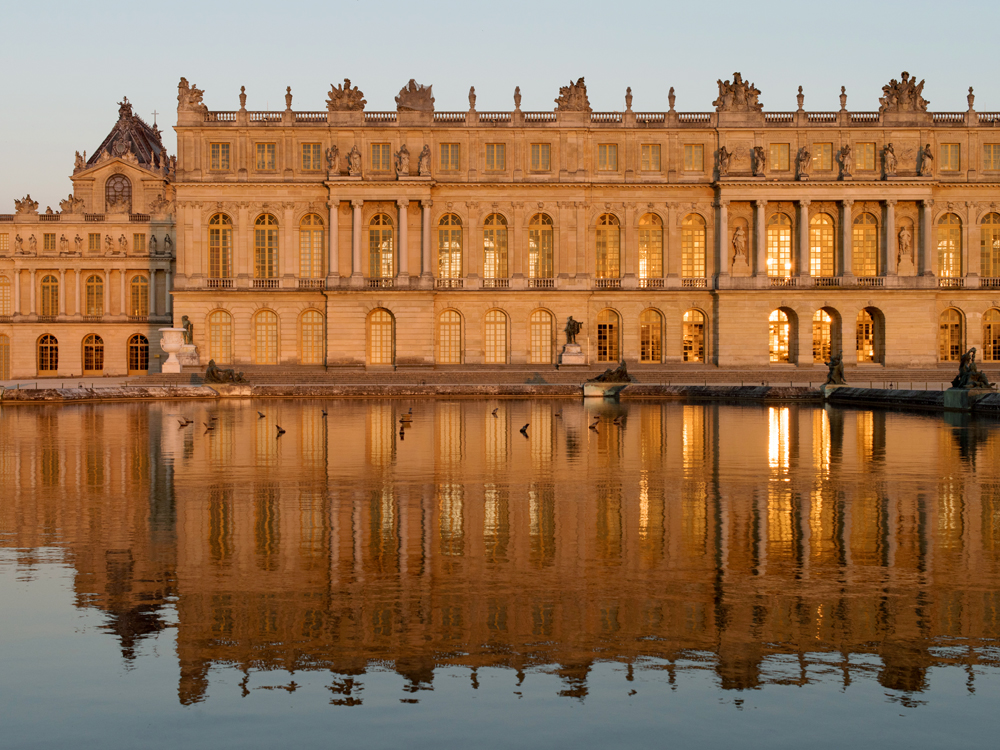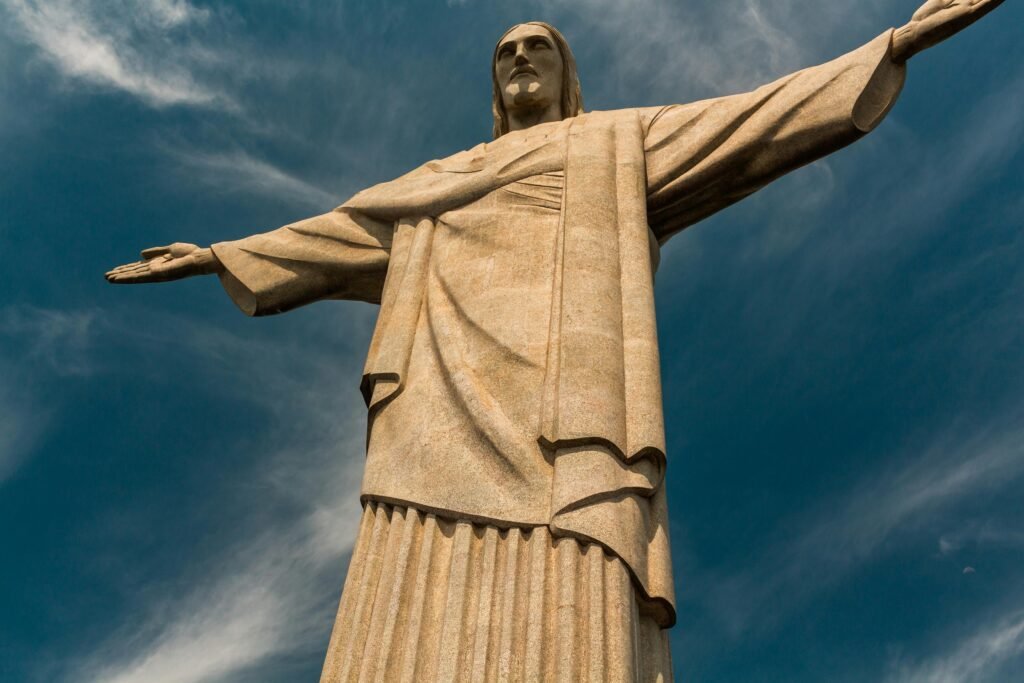Click here for the previous article
10. The Solomon R. Guggenheim Museum: New York City, USA

Strengths: Frank Lloyd Wright’s iconic design features a spiraling rotunda that allows visitors to view art in a continuous flow. The open floor plan creates a unique exhibition space.
Weaknesses: The curved walls can be challenging for displaying art. The narrow ramp can lead to congestion and logistical issues for large artworks.
11. The Golden Gate Bridge: San Francisco, USA

Strengths: This suspension bridge is a marvel of engineering. Its art deco design and International Orange color make it a recognizable landmark.
Weaknesses: The bridge requires constant maintenance due to its exposure to wind, salt, and fog. Its construction resulted in the loss of natural habitat and displacement of wildlife.
12. The Palace of Versailles: France
Strengths: This extravagant palace epitomizes the grandeur of French royalty. The palace and its gardens showcase exquisite architecture, landscaping, and artwork.
Weaknesses: The palace’s opulence is a symbol of the excesses of the French aristocracy and is seen by some as a contributor to the French Revolution. Maintaining such a vast estate comes at a significant cost.
13. The Hanging Gardens of Babylon (Mesopotamia)
Weaknesses: While considered one of the Seven Wonders of the Ancient World, the Hanging Gardens’ exact location and appearance remain shrouded in mystery. There is debate among historians about their engineering feasibility.
14. The Christ the Redeemer Statue: Rio de Janeiro, Brazil
Strengths: This Art Deco statue of Jesus Christ stands atop Corcovado mountain, overlooking Rio de Janeiro. It serves as a powerful symbol of Christianity and a beacon of hope.
Weaknesses: The statue has been struck by lightning several times and requires frequent maintenance. Its prominent location has raised concerns about environmental impact and displacement of local communities.
15. The Great Mosque of Mecca: Mecca, Saudi Arabia
Strengths: The holiest site in Islam, the mosque encompasses the Kaaba, a cubical structure believed to have been built by Abraham and Ishmael. The mosque’s architecture and rituals hold deep religious significance for Muslims worldwide.
Weaknesses: Non-Muslims are not permitted to enter the mosque, limiting access to this architectural marvel. The massive scale of pilgrimages can lead to overcrowding and safety concerns.
By examining these architectural wonders through a critical lens, we gain a richer appreciation for their design, purpose, and impact. These structures not only serve practical functions but also embody cultural values, historical contexts, and the ever-evolving relationship between human creativity and the built environment.








